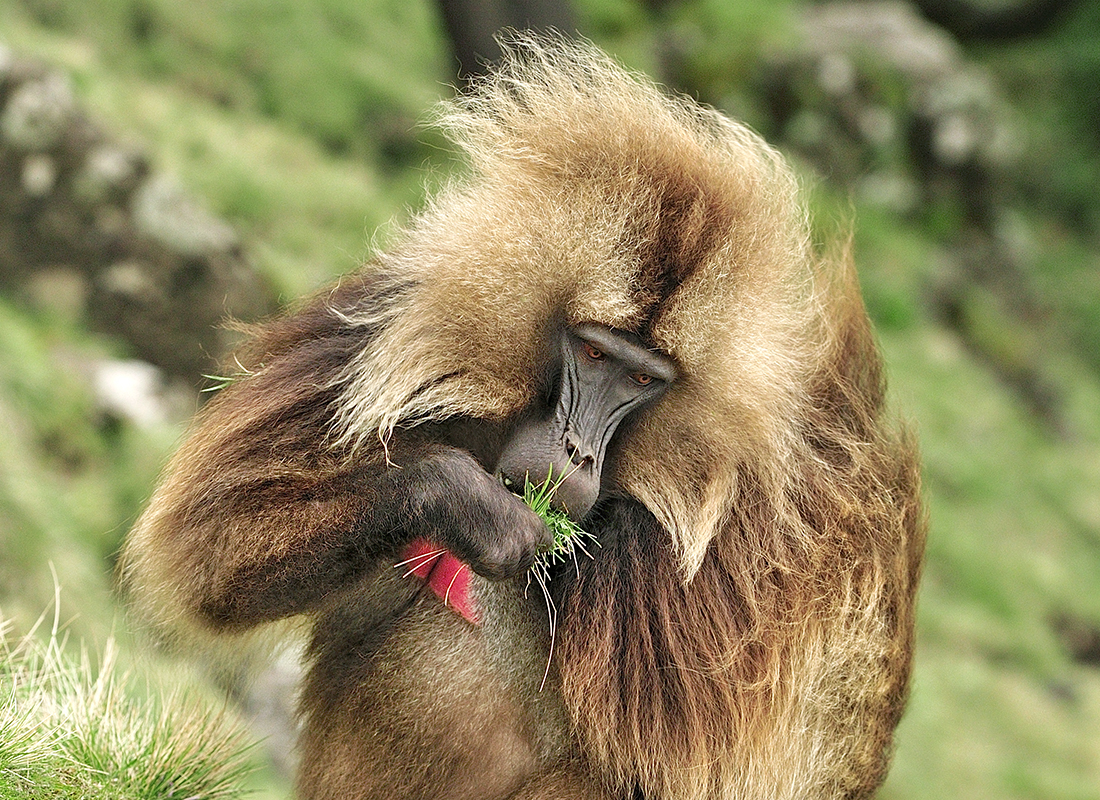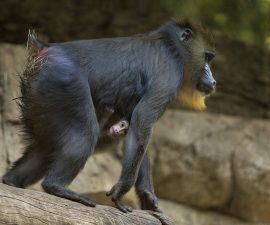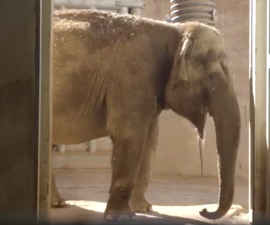BY Karen Worley
Photography by Ken Bohn
Africa is awe-inspiring. It is a continent of many habitats, from sandy shorelines, wetlands, and forests to rocky highlands, savannas, and kopjes. It covers 20 percent of the Earth’s land surface, and contains unique geology and a wealth of biodiversity—including 8 of the world’s 34 biodiversity hotspots. The San Diego Zoo’s new Conrad Prebys Africa Rocks, opening in June, highlights some of Africa’s most extraordinary species as you explore six different habitats from savanna to seashore.
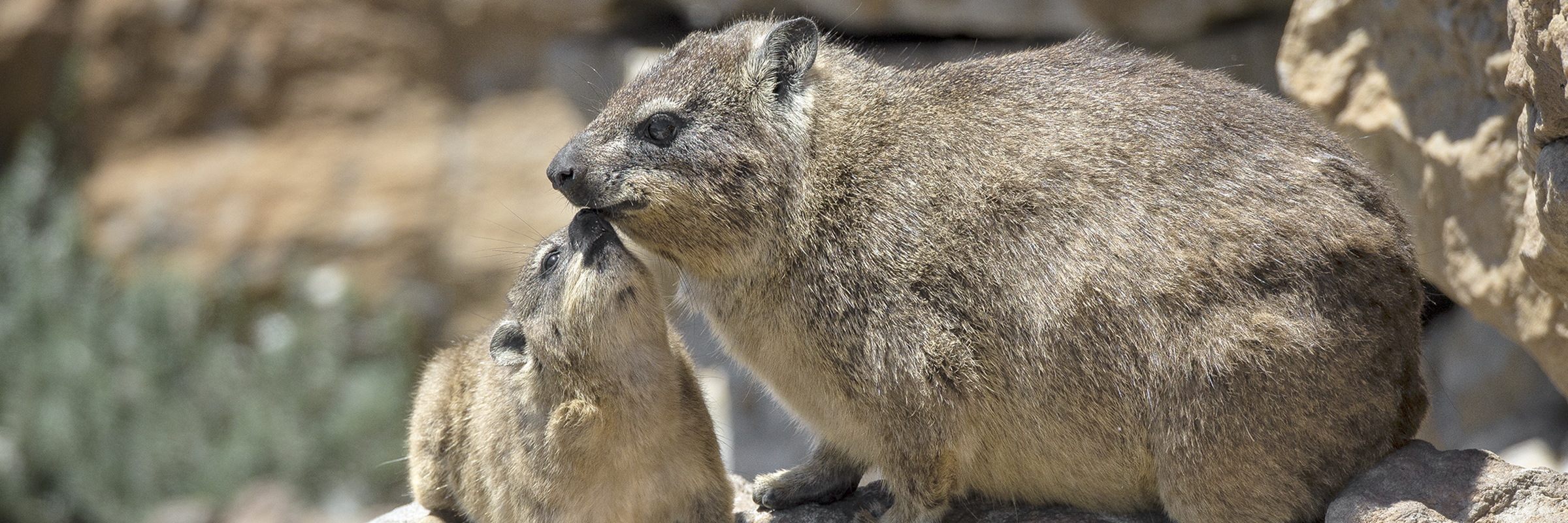
 There are 54 countries on the continent of Africa (currently)
There are 54 countries on the continent of Africa (currently)
A New Zoo Dimension
Africa Rocks is the Zoo’s most ambitious exhibit project to date. This expansive, multispecies tribute to African wildlife has transformed what was the steep grade and 1930s-era exhibits of Cat Canyon into an easily accessible, gently winding pathway with state-of-the-art homes for animals and garden spaces for plants. You can enter Africa Rocks one of three ways: through the Kopje at the eastern end; the Ethiopian Highlands in the central section; or Penguin Beach in the Cape Fynbos, at the western end. Wherever you arrive, you’ll embark on a journey to discover African species that have unique characteristics, behaviors, and adaptations.
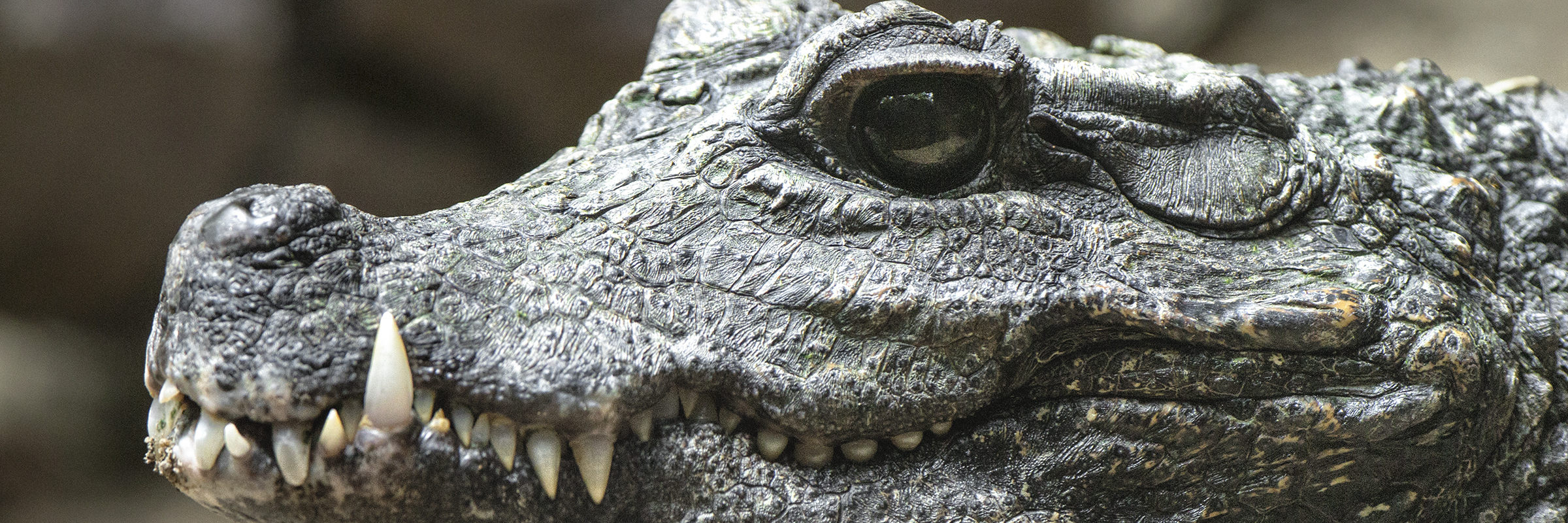
 8 out of 11 of Earth’s main habitat types are in Africa
8 out of 11 of Earth’s main habitat types are in Africa
Expect the Unexpected
Africa isn’t just home to elephants, giraffes, gorillas, buffalo, and lions. These “stars” are surrounded by smaller species, those that dwell on the fringes and in the understory, and animals and plants that thrive in unlikely conditions. The Zoo’s Africa Rocks shines the spotlight on them. From furry mammals that spend their entire lives on a bunch of boulders, to striking-looking primates that clamber up and down sheer cliffs or navigate spiny forests, to mini crocodiles that can climb into trees, to a bevy of colorful birds with elaborate nests and complex social lives—you’ll see many sides of the African region here.
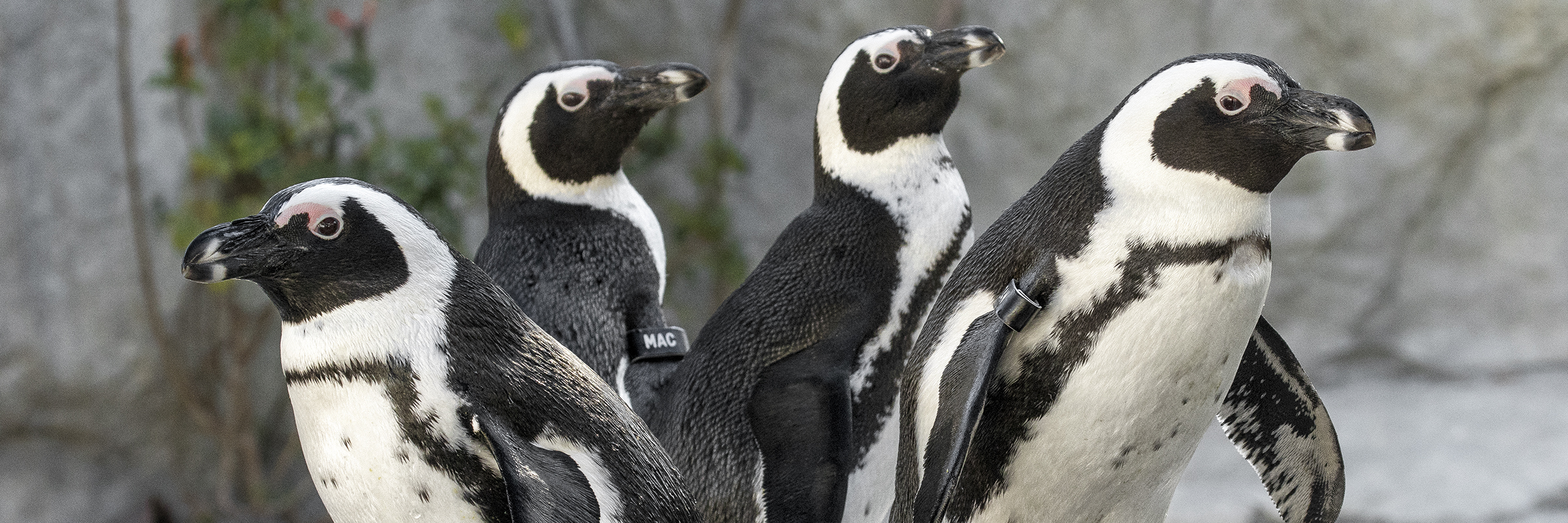
 There are 4,700 mammal species in Africa—25 percent of the world’s mammal diversity.
There are 4,700 mammal species in Africa—25 percent of the world’s mammal diversity.
More to Explore
Throughout Africa Rocks, there are elements to guide, inform, and surprise. Ushering you into each new habitat is a dramatic rock formation, which represents geology in that region—from the craggy granite outcroppings of the kopje, to the jagged, layered rocks known as a tsingy formation in Madagascar; to the smooth, wave-worn boulders of the South Africa coastline. These provide a description of the habitat, plus sculptures of a key animal and plant found there. The African Garden, near the Ethiopian Highlands area, presents strange, startling, and beautiful plants—many that you may never have seen before. Look for a large, beautifully illustrated art panel that depicts the biodiversity of Africa, as well as interpretive panels at the exhibits to tell you more about the species and how they live. A plaza located outside the West African Forest area invites you to rest and enjoy the atmosphere; and upon venturing into the Cape Fynbos, look for the penguin sculptures waddling among the boulders.
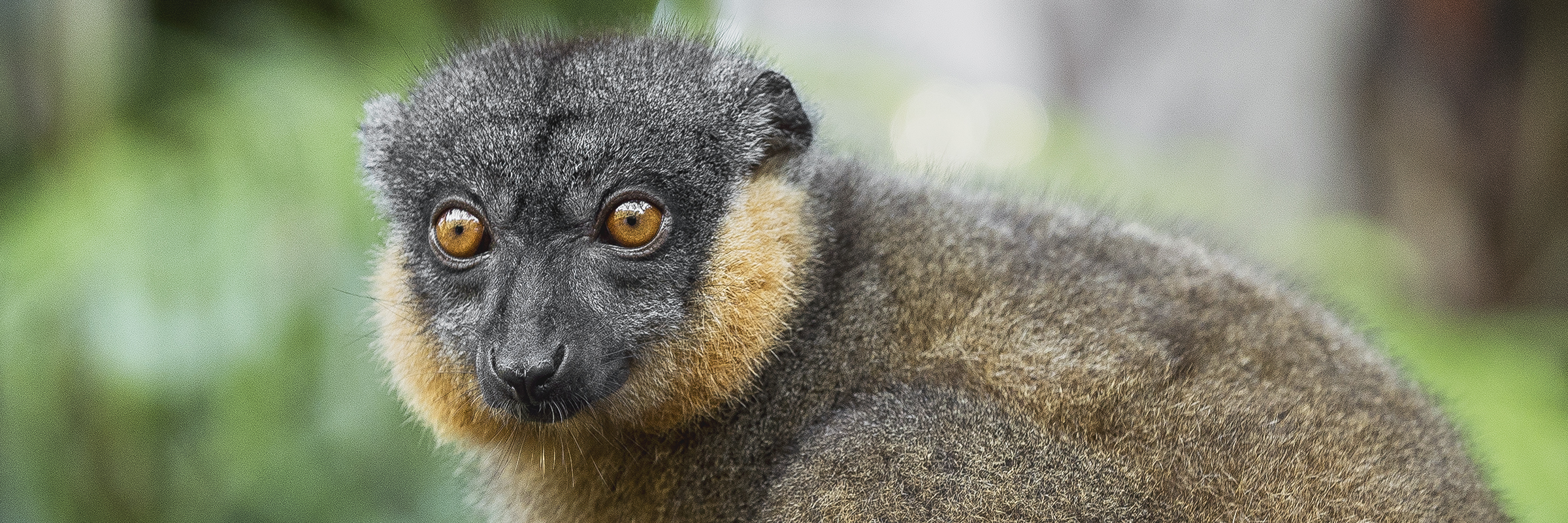
Into Africa
This summer, immerse yourself in the wonders of the African region—and you can find out more about each habitat in the subsequent articles of this issue. From South African beaches, to the island of Madagascar, to lush jungles, to granite cliffs, to sweeping grasslands, the San Diego Zoo’s Conrad Prebys Africa Rocks is a journey you won’t soon forget!
(Top photo by Thomas Marent/Minden Pictures)

